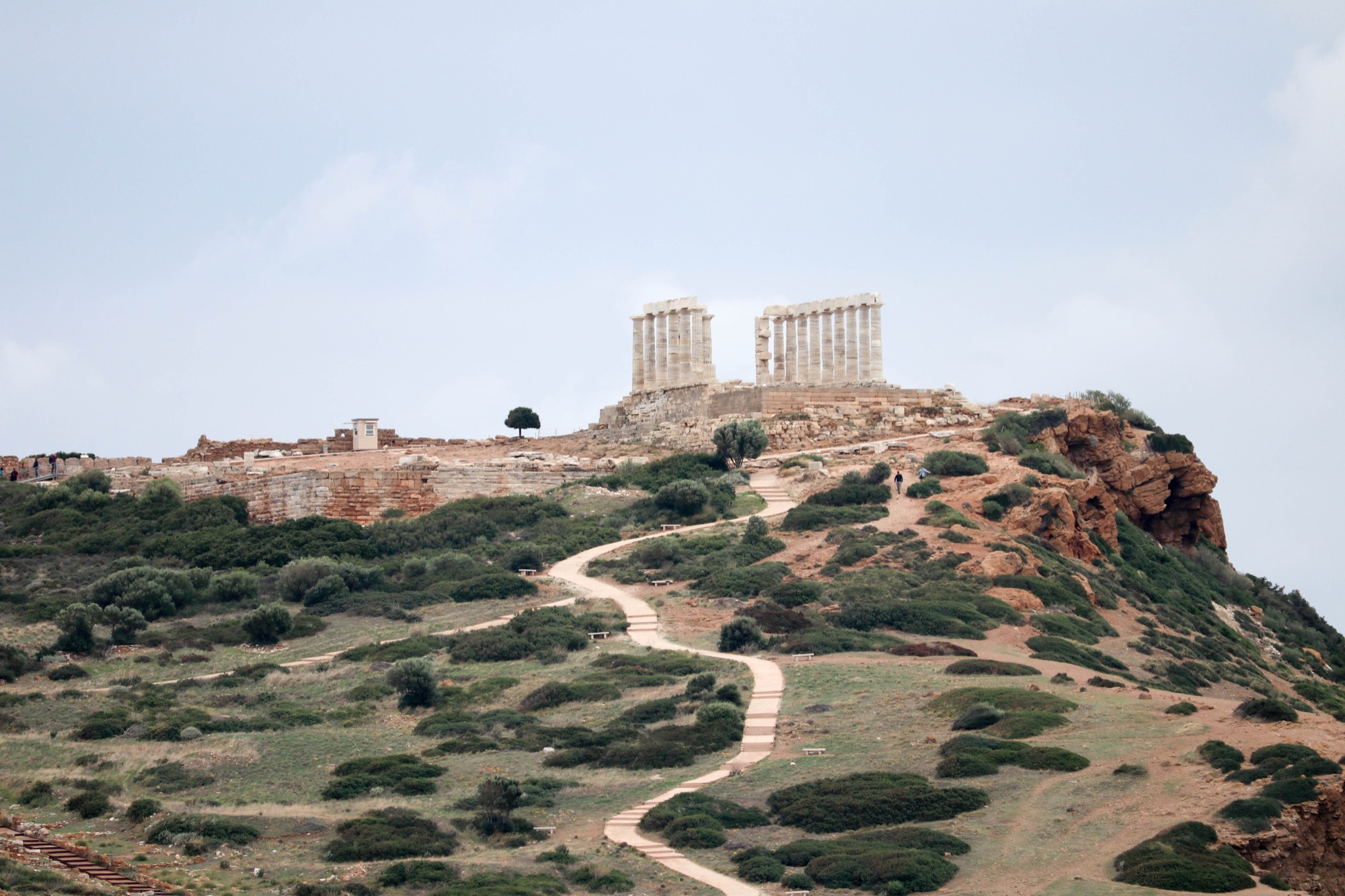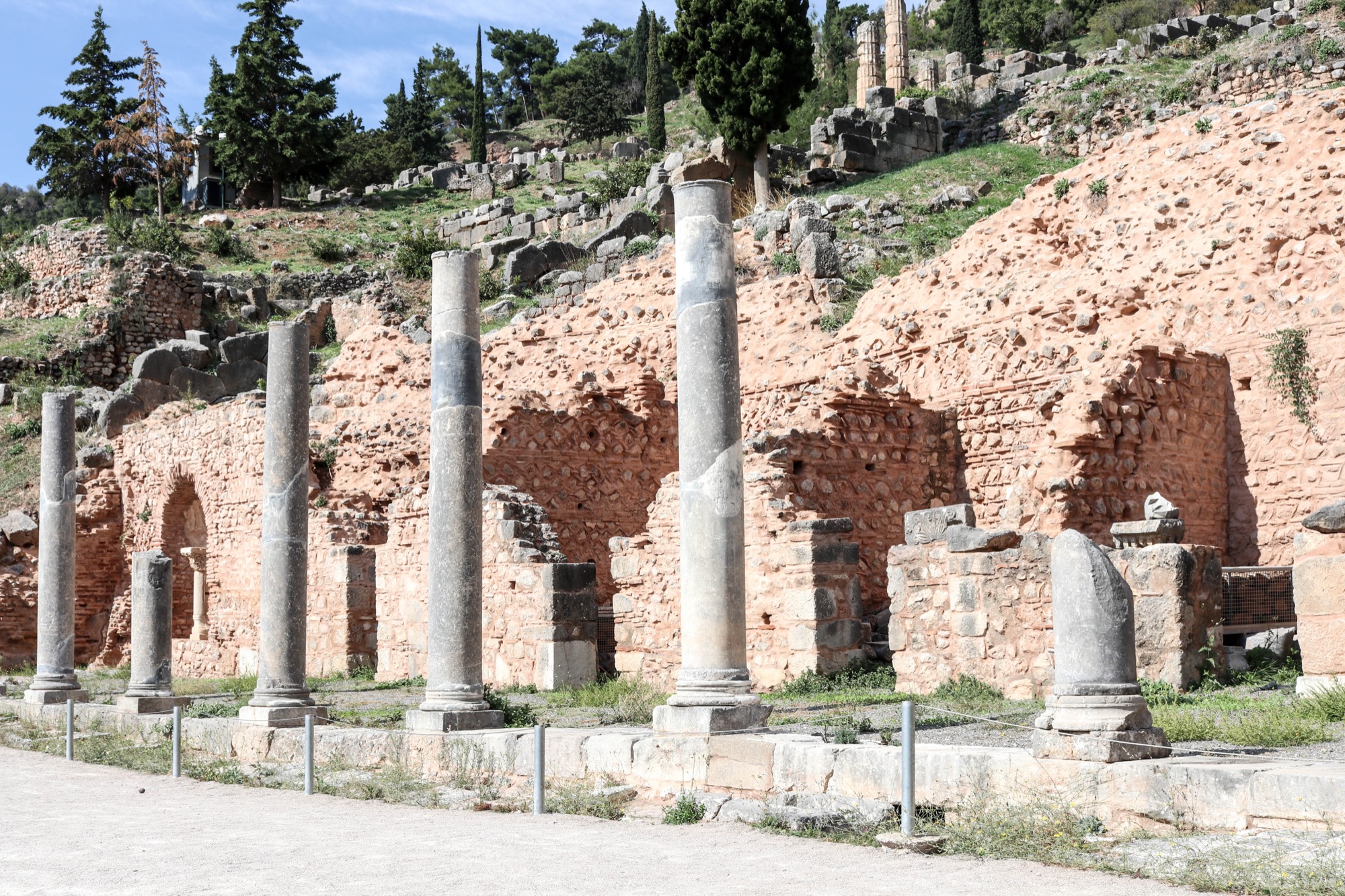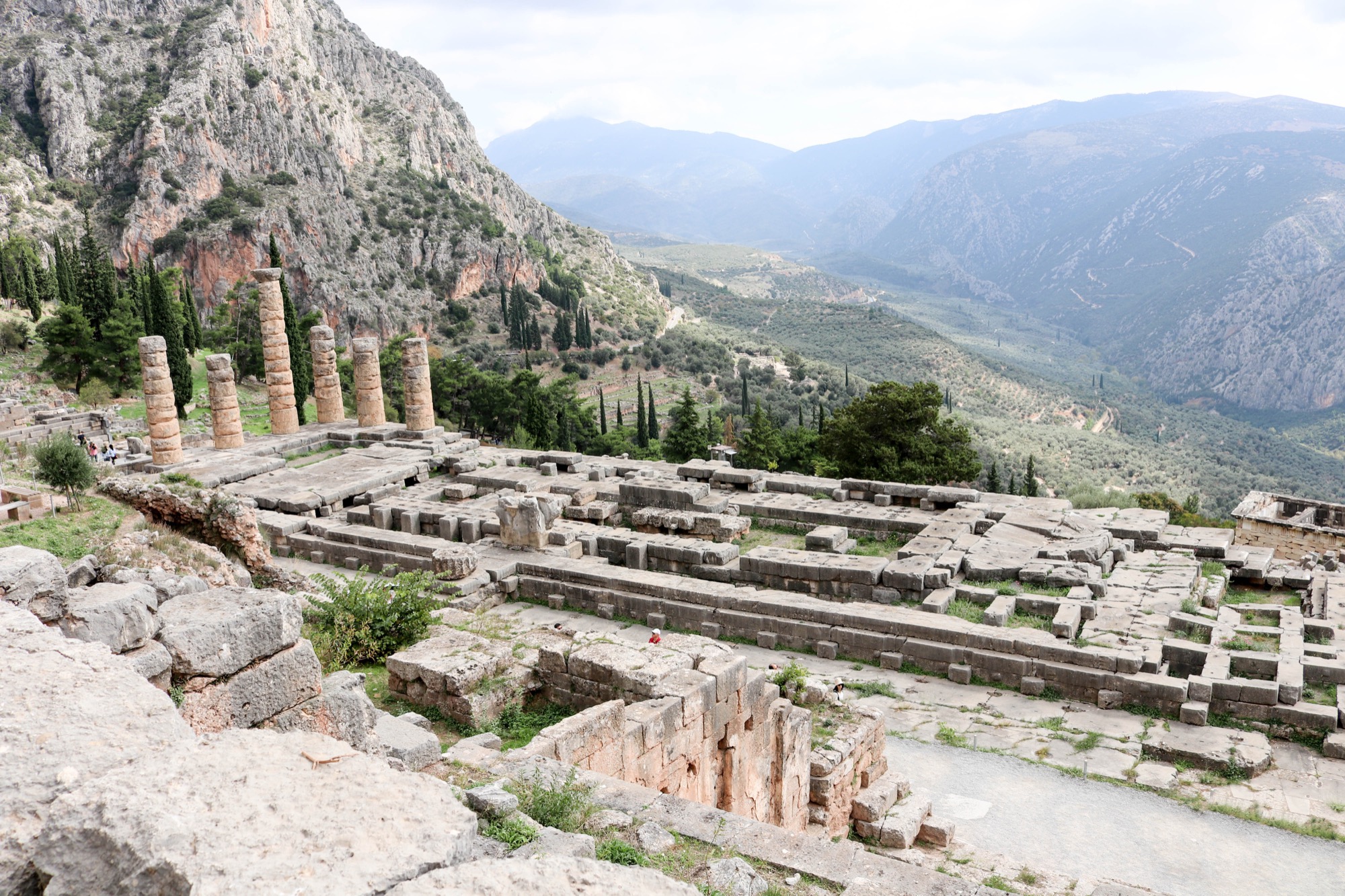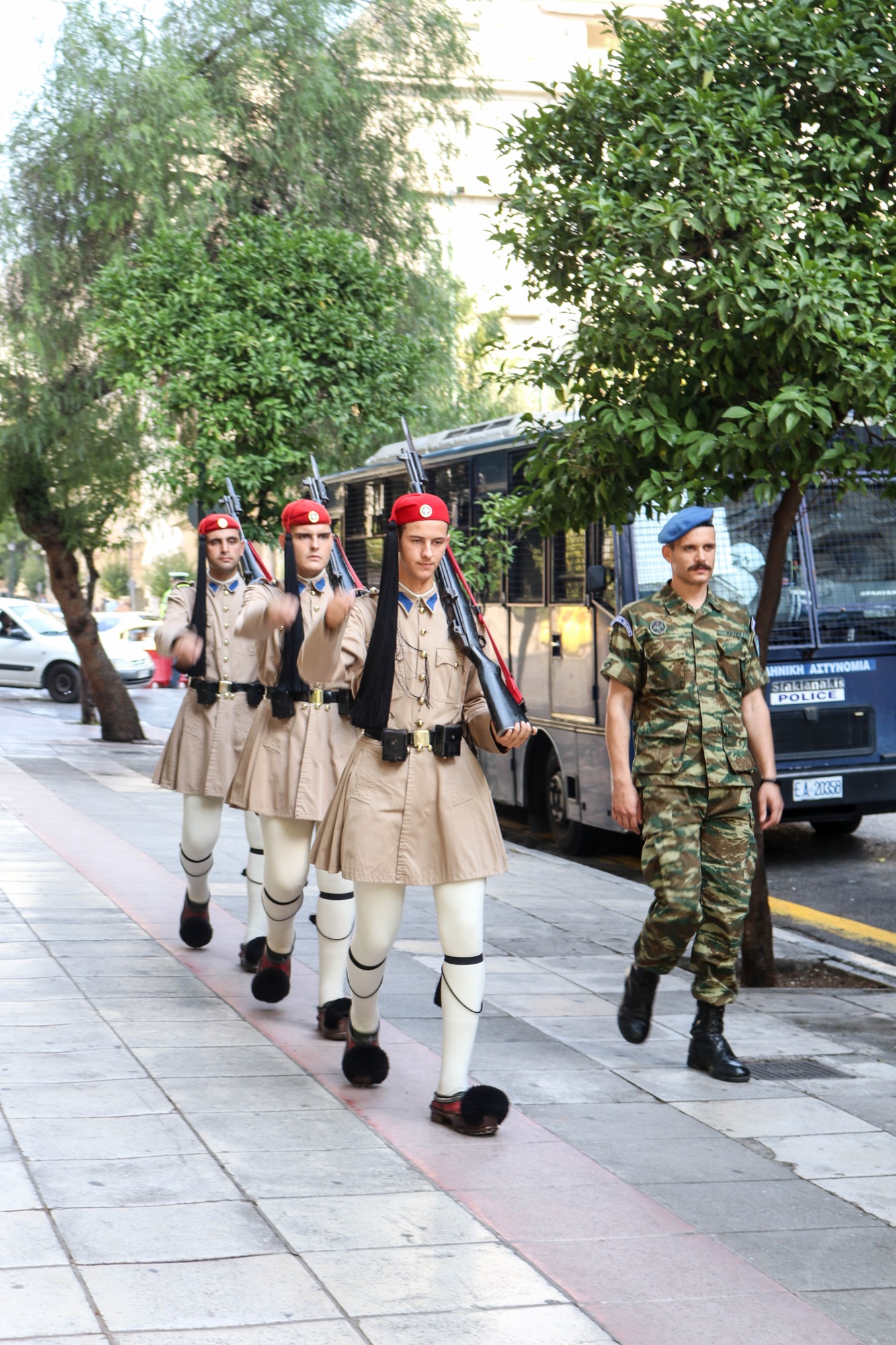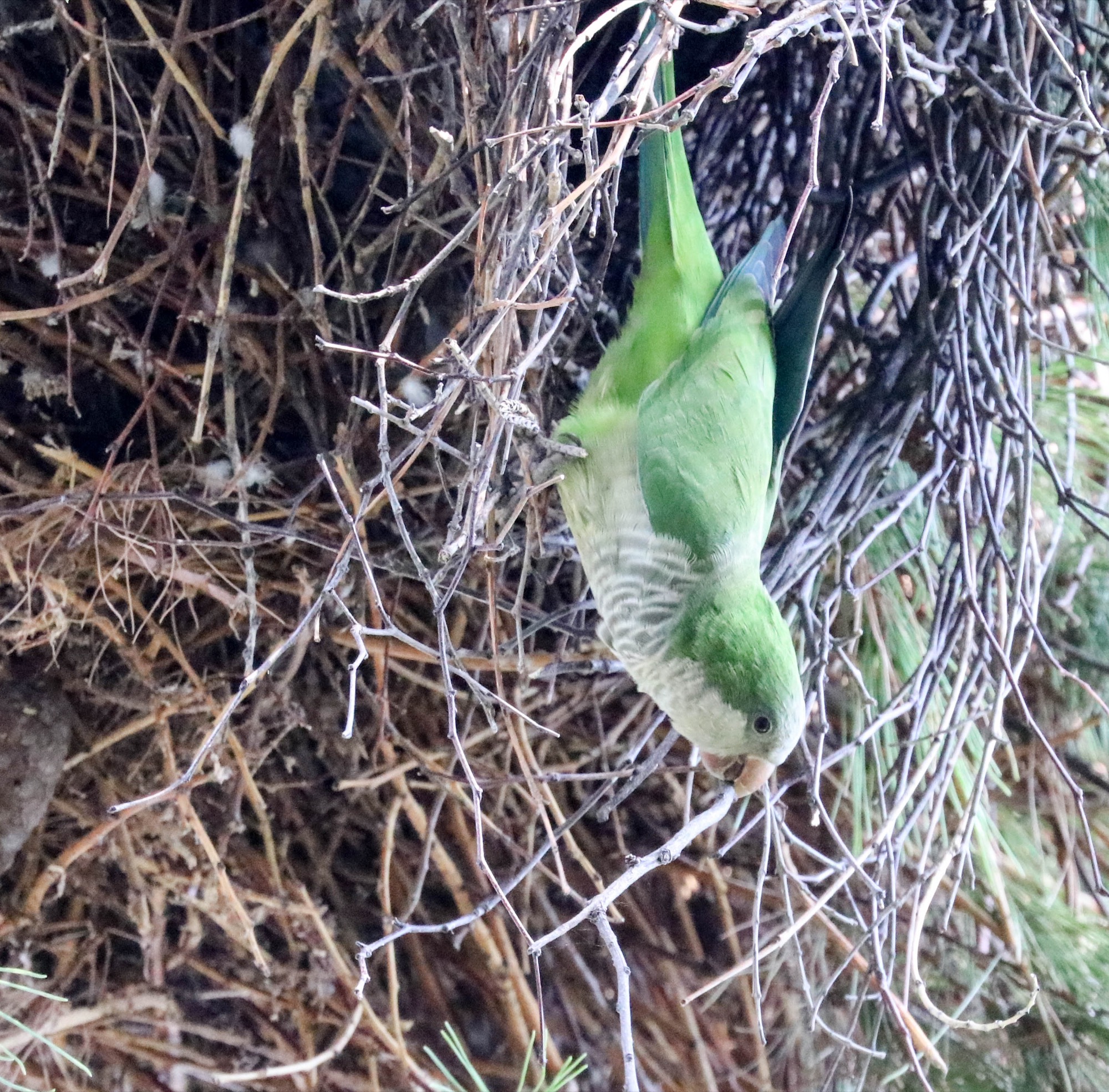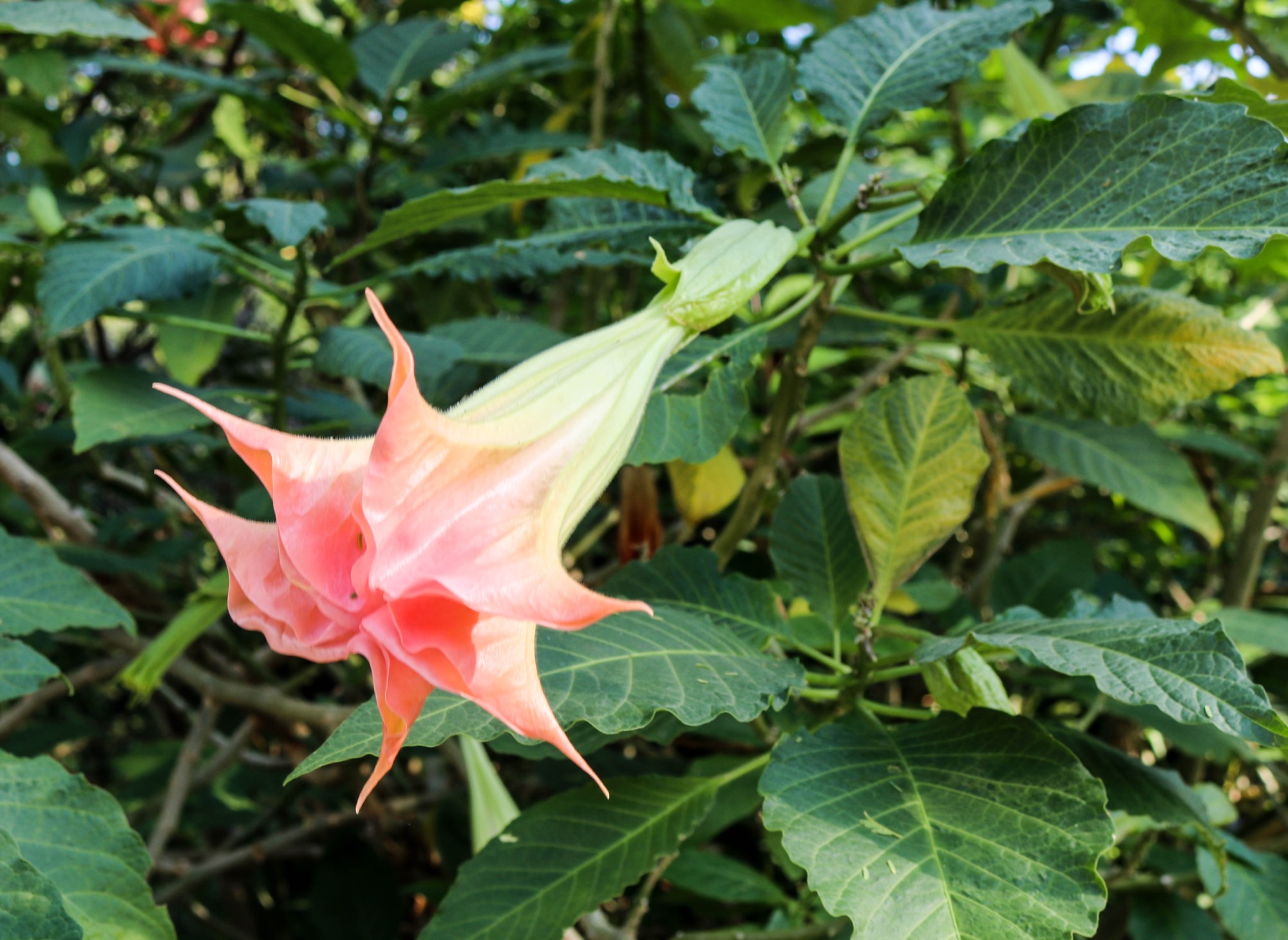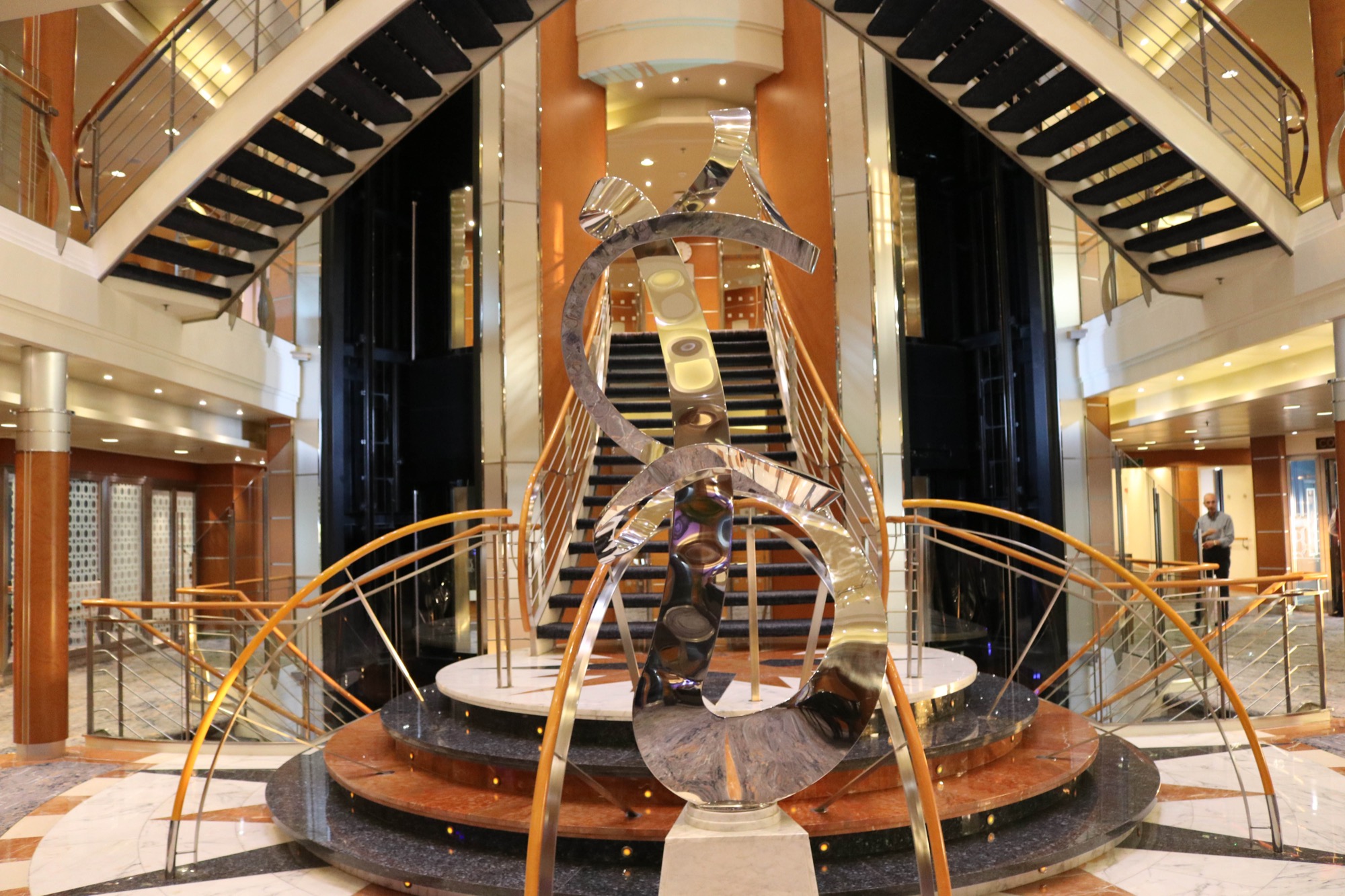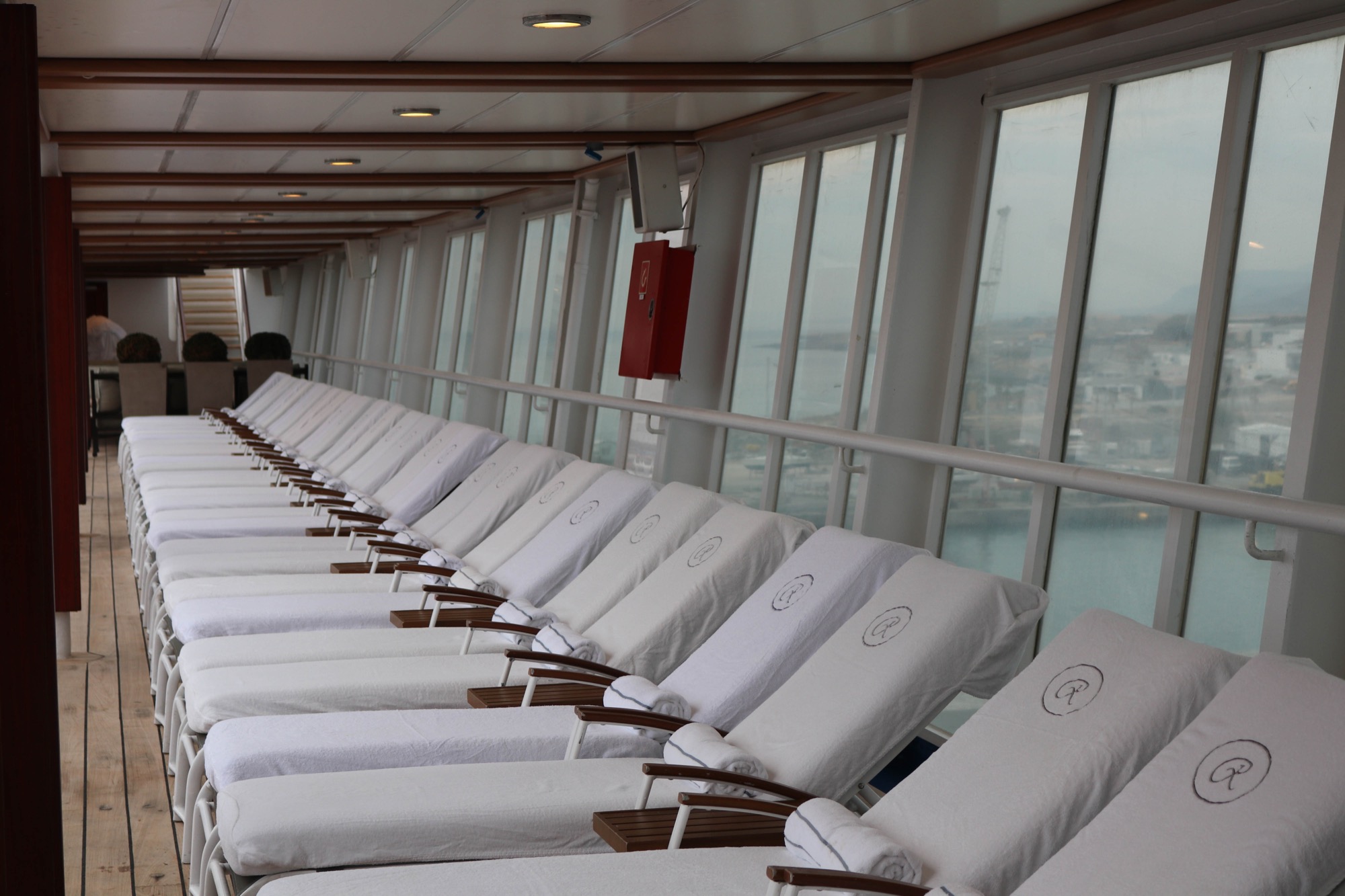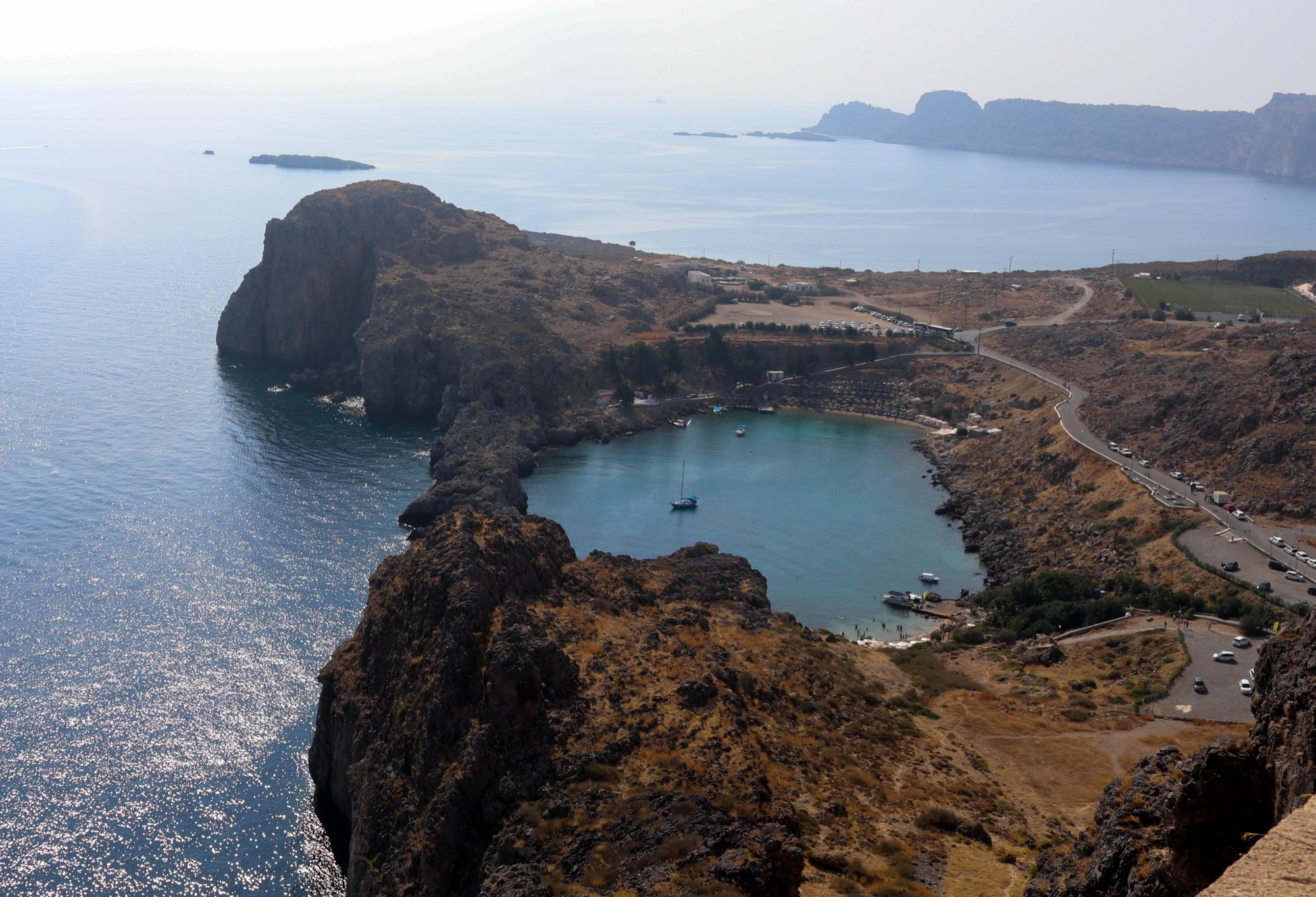A special Greek military unit, known as the Evzones, has among its duties guarding the Tomb of the Unknown Soldier in Syntagma Square in front of the Greek Parliament building.
The changing of the guard ceremony, which is performed every hour, is rather unique. Their march, which almost appears to be in slow motion, involves kicking their leg up to shoulder height and then bringing it back to create the symbolic number four after striking the ground forcefully. During this process, the arms are swung high.
The symbolism of the march, as well as the 400 pleats in the fustanella or skirt of their uniform relates to the occupation of Greece by the Ottomans for 400 years.
The shoes worn by the guards, called tsarouchia, are leather clogs that have 60 nails embedded in the soles and black pompoms at the tips. Each shoe weighs more than two pounds. The red color is symbolic of the blood of Greek ancestors, the black tassel symbolizes 400 years of slavery, and the nails allow the guard to stomp loudly enough that ancestors can hear that the Greek people are alive and free.

